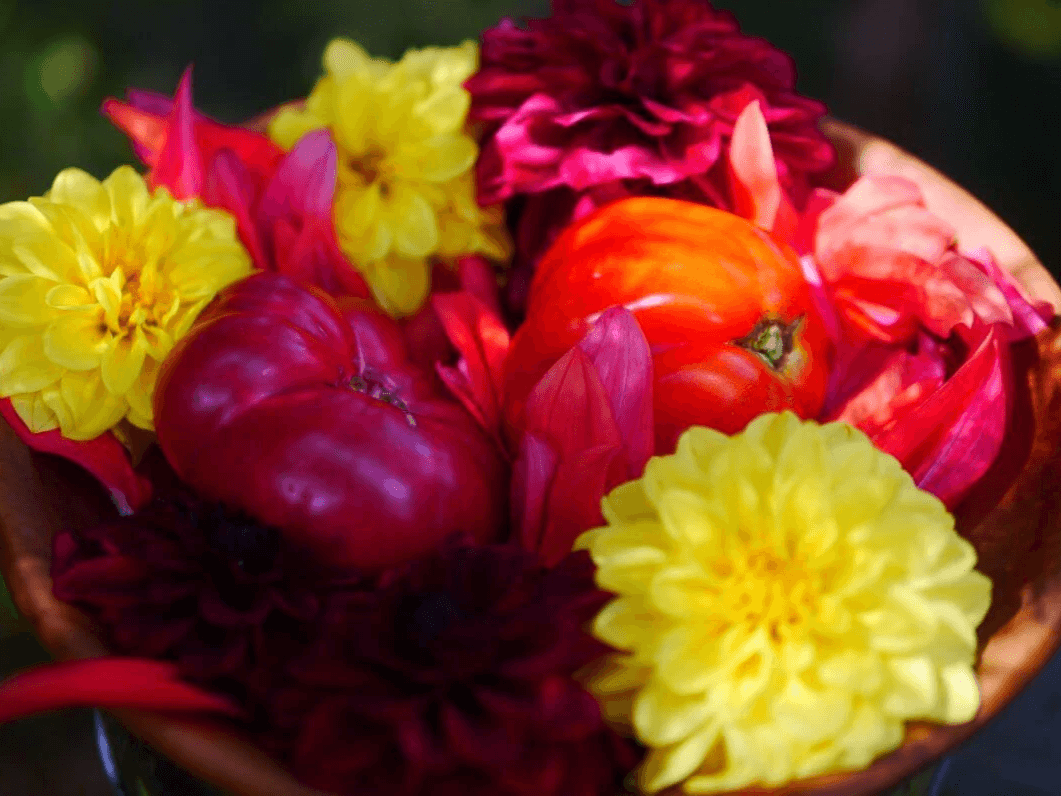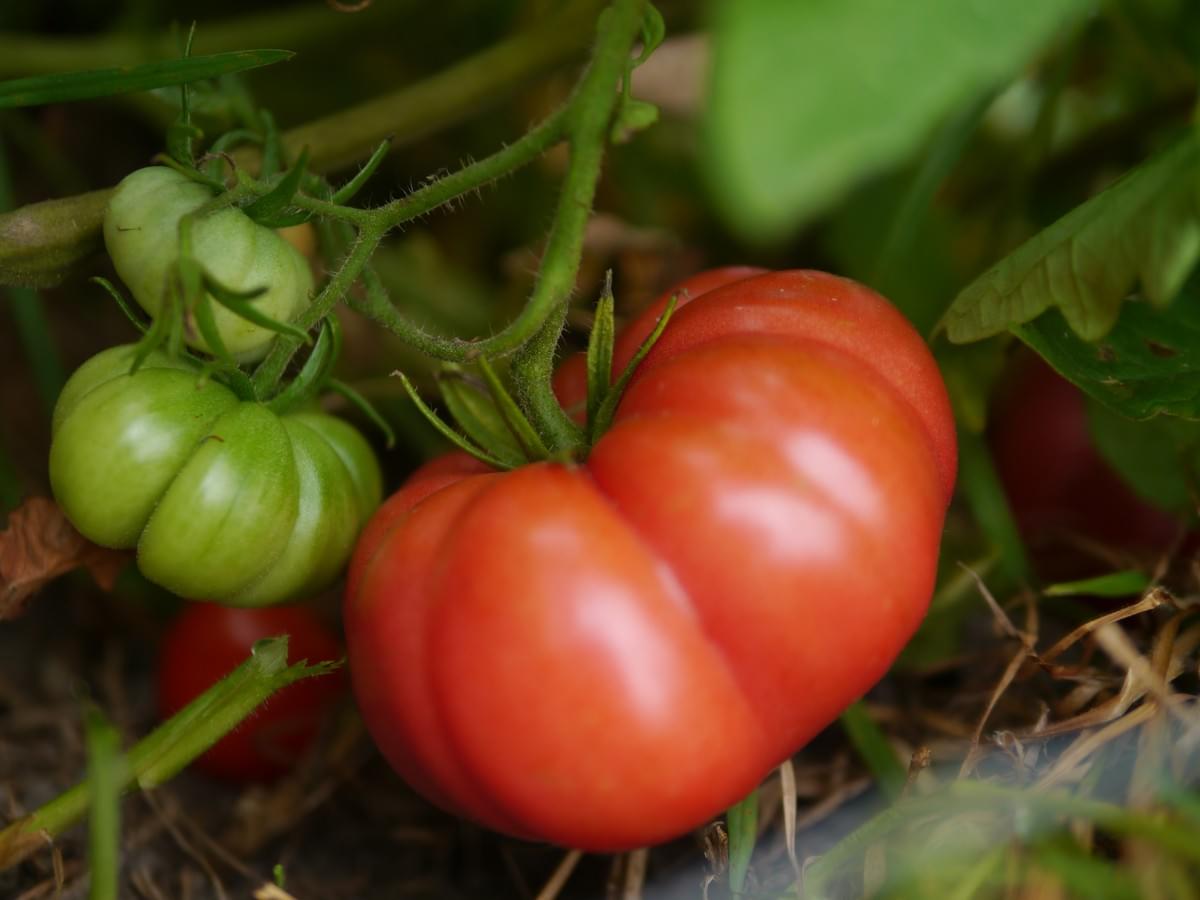

Hokianga Heirloom Tomatoes
Oaxacan Pink Mexican
The Fruit of Artists – Pronounced wah-HAH-kuhn!
Tomatoes have a rich ancestral history and can whakapapa (a line of descent from one's ancestors). At some point in Oaxacan's journey, their fruit became cherished and its seeds passed down through generations from grandparents to grandchildren. It's been mind-blowing, exploring and discovering this tomato's lineage and it's epic.
The ancient Mesoamerican culture is vast and its scope is immeasurable; capturing it all in words is impossible. I want to acknowledge this challenge, but one thing is certain: they were true artists. The deeper I explored, the more I realized that their art was worthy of the gods themselves.
Now I have to admit that I could not find worthy information on the actual tomato itself, so I thought the next best thing would be to dive into the people and the culture that found this tomato worthy! So hold on, because I stole a book from the Local Rad Centre in Rawene for this. Jokes, I told a mate I'm taking this book, okay my cuzzie, and she said sweet as, return it when you are finished. Righto hold on, let's dive.

“For their ancestors’ colour was a form of expression, a substantial means of presenting ideas, a symbol of vital powers of nature, wisdom, attributes in writing, found on pottery or on the many hued alters1.”
“They saw in art a means of immortalizing themselves, the artist as being one of the elect, ‘a forger of objects’ capable of sanctifying everything he touched2.”
Colour isn’t just decoration in Oaxaca, it’s language, memory, and identity. The Zapotec, Mixtec, and other peoples of Oaxaca wove colour into every art form — textiles, pottery, murals, body adornment — each hue carrying a story of place, spirit, or season.
That’s why the Oaxacan Pink tomato feels like more than food — its vibrant pink-red shoulders are almost a living pigment, a brushstroke from the land and its people. Saving that seed isn’t just preserving a variety; it’s honouring the ancestral role of colour as a carrier of meaning.

The insert below from "A History of Mexican Mural Painting" by Antonio Rodriguez describes how their ancestors were surrounded by the beauty of nature, immersed in its power to captivate, create and ultimately led to the need to worship.
“Living in the tropics, where nature is prolific and its colouring riotous, the inhabitants of Mexico were subjected to colour indoctrination for the ancient times. The seas on the east and west coasts alternate between the most intense blues and emerald greens and the clear transparency of water. The exuberant vegetation along the coasts has an endless variety of greens dotted everywhere with vivid flowers. In the highlands snow-peaked mountains are succeeded by steep slopes entirely covered with volcanic ash or with calcinated rocks thrown up by eruptions, throwing purple shadows, broken here and there by the delicate green and pink of the quarries. Even today, in the age of cement, some Mexican towns are distinguished by the colour of the stone used for building: Morelia appears pink, Oaxaca green3.”

The depth of their knowledge in art can be testified in the fact that artists from all over the world come to Oaxaca to seek their knowledge to incorporate new ideas to expand themselves. The city is filled with numerous museums, art galleries and academies, with incredible murals covering the walls lining the streets.
When I received these seeds to grow I was told I would be really lucky to get some plants, as the seeds were very old, from about 400 seeds I managed to grow 10 precious seedlings. I'll be sharing these with fellow seed savers and now have the ability to send seed back to the person who gave them to me, so if you do take up the challenge to grow this tomato please consider the importance of saving your seed to share with the ones you love.
Wealth is shown by your ability to share abundance, not horde it.
The book A History of Mexican Mural Painting (1969) by Antonio Rodriguez is a significant work that explores the evolution of muralism in Mexico, covering both pre-Hispanic Indigenous traditions and the 20th-century Mexican Muralist movement. This book provides one of the first comprehensive studies of Mexican muralism in English. Highlighting the continuity of Indigenous artistic traditions from pre-Hispanic times to more modern murals. Published at a time when Mexican muralism was gaining global recognition as a unique and influential movement.
The excerpts from "A History of Mexican Mural Painting " by Antonio Rodriguez have been noted, 1 pg 12, 2 pg 85, 3 pg 85.
Ko te tae hei kōrero, ko te pūnaha hei ora.”
“Colour that tells the story, seed that carries the life.”“Colour that tells the story” connects to your idea of ancestral expression through vibrant hues—the way Oaxacan artists used colour as symbol and story.
“Seed that carries the life” reflects the preciousness of preserving the lineage, the miracle in growing only a few plants from 400 old seeds, and the responsibility of sharing that abundance.
© 2025 Tomato Love | Epic Tomato Source for heirloom seeds and seedlings grown in Hokianga. Cultivated with love, history, and mana.
“He iti, he pounamu.”



